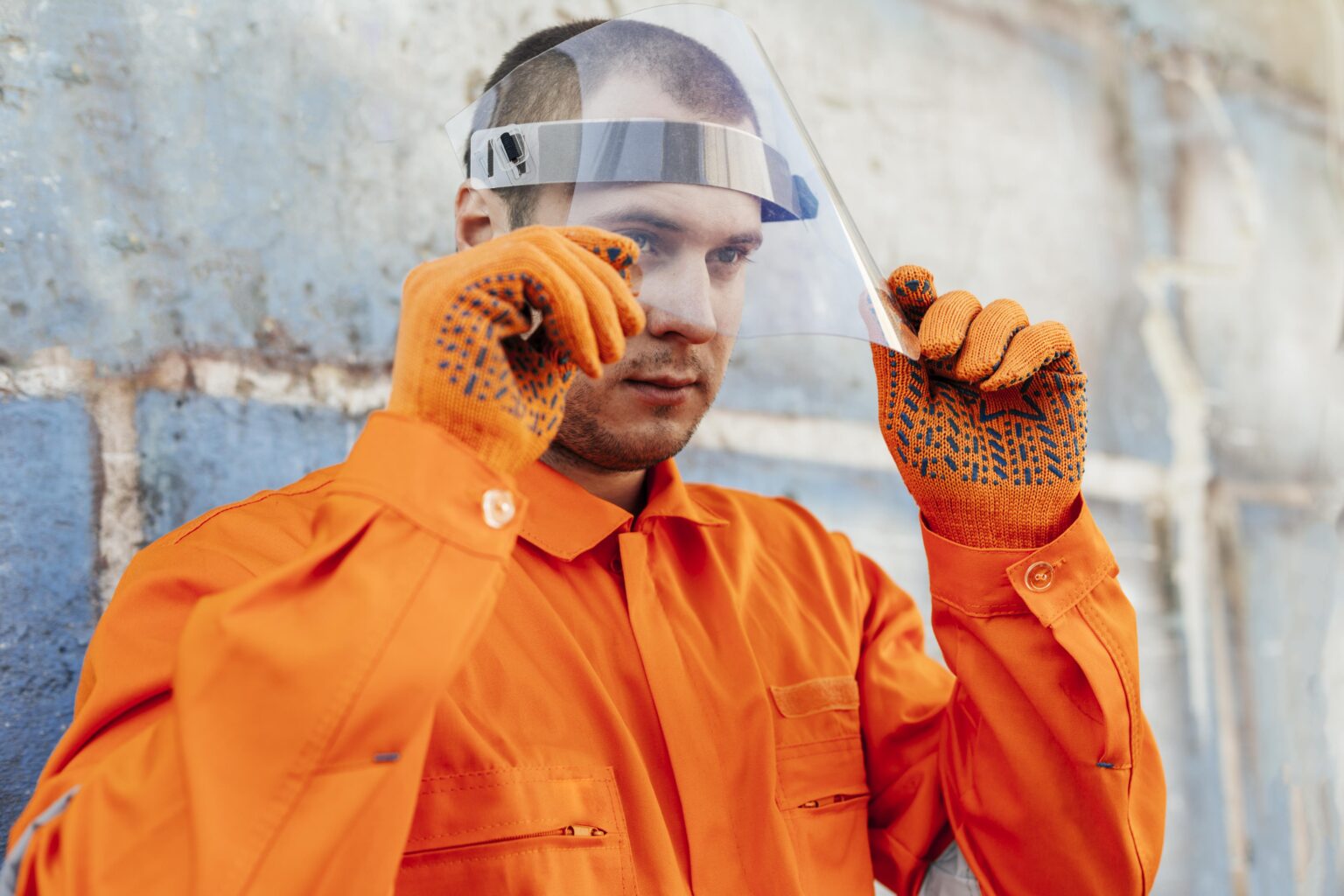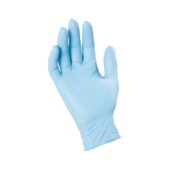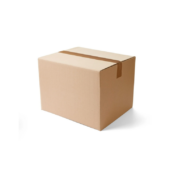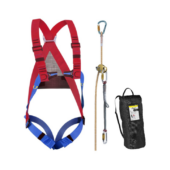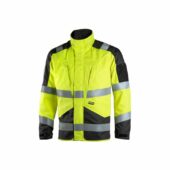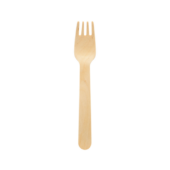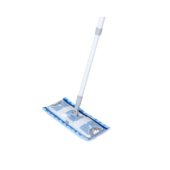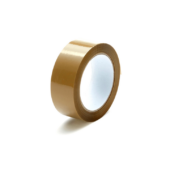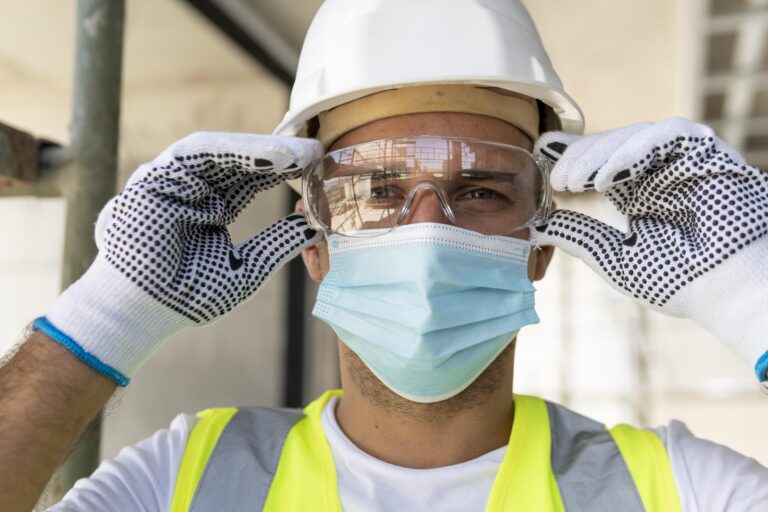Looking for the right face shield for construction? This guide will help you choose the perfect shield to keep you safe and comfortable, whether you’re dealing with debris, splashes, or UV exposure. By the end, you’ll understand what to look for in terms of material, protection, and fit, ensuring you pick the best option for your tasks.
With our expertise in safety gear, we’ll also cover how to select specialized face shields for specific jobs like welding or chemical handling, and how to meet European safety standards.
Need more PPE options? We’ve got you covered with solutions for safety glasses and hearing protection too. Keep reading to find the right fit for your needs.
To start with a broader overview, you can explore our parent article, How To Choose The Right Face Shields – A Buyer’s Guide, which covers face shield selection across various industries.
Key Factors to Consider When Choosing a Construction Face Shield
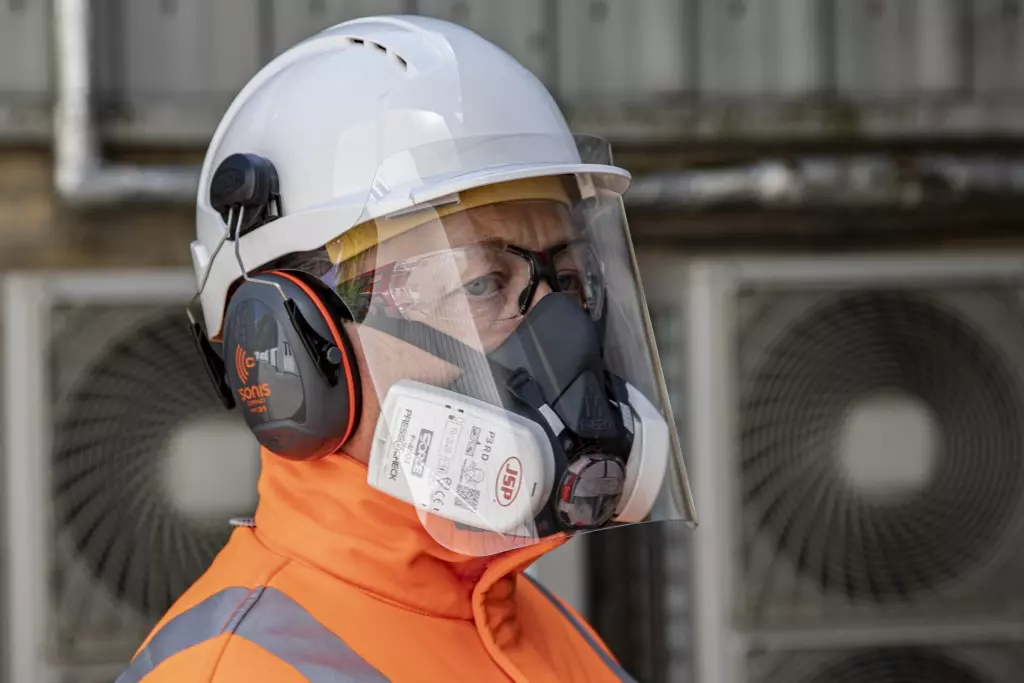
Selecting the right face shield involves understanding specific features that enhance safety, functionality, and comfort.
In construction, these factors are particularly important as they enable safe and effective work by enhancing clear vision, confidence, and safety during work by addressing debris, particles, and environmental factors effectively. Below, we break down the critical factors to evaluate:
Material and Durability
Construction sites often involve tasks that benefit from reliable protection, enabling efficient and safe work by enhancing confidence and safeguarding against debris and impacts. Look for shields made of:
- Polycarbonate: Offers excellent impact resistance and clarity.
- Acetate: Provides superior chemical resistance, ideal for tasks involving chemicals.
Ensure the material is compliant with CE marking and EN 166 standards, which assures dependable performance and user confidence in demanding environments. These standards assure dependable performance and user confidence in demanding environments.
For more details, see this guide on European PPE regulations. For more information on these standards, refer to this guide on European PPE regulations.
Protection Levels
Customizing protection levels for specific tasks optimizes safety and efficiency, empowering workers to handle diverse construction needs confidently. Choose according to:
- Impact Resistance: Essential for tasks involving power tools, enabling safe and precise operations without compromise.
- UV Protection: For outdoor work under prolonged sunlight.
- Heat Resistance: Necessary for high-temperature environments, such as welding.
Fit and Comfort
A well-fitted face shield enhances focus and maintains comfort, allowing for uninterrupted and efficient work. Look for:
- Adjustable headbands to customize fit.
- Lightweight designs to reduce strain during extended use.
- Foam padding for additional comfort.
Visibility and Anti-Fog Features
Clear visibility is crucial for precision. Opt for shields with:
- Anti-scratch coatings to maintain clarity.
- Anti-fog treatments for work in humid or temperature-varied settings.
- Tinted visors for glare reduction in bright conditions.
Compatibility with Other PPE
Construction often requires a combination of PPE. Ensure the shield integrates seamlessly with:
- Hard hats
- Safety glasses (explore options in Safety Glasses)
- Hearing protection
Comparing Different Types of Construction Face Shields
To help you make an informed choice, here’s a comparison table of popular types of construction face shields. This table outlines key features and differences, making it easier to match the shield type with your specific needs.
| Feature | Basic Shields | Advanced Shields | Specialized Shields |
| Material | Polycarbonate | Acetate/Polycarbonate Hybrid | Heat-Resistant Materials |
| Weight | Lightweight | Moderate | Heavier |
| Protection Levels | Standard Impact | UV/Impact Resistance | Heat/Chemical Resistance |
| Cost | Low | Moderate | High |
When to Opt for Specialized Face Shields
Certain construction tasks demand specialized shields:
- Grinding and Cutting: Use shields with high-impact resistance and full-face coverage.
- Related Guide: Choosing Face Shields for Grinding and Cutting
- Welding Tasks: Opt for shields with heat resistance and dark visors.
- Related Guide: How To Choose The Right Welding Glasses – A Buyer’s Guide
- Chemical Handling: Acetate shields with chemical resistance are ideal.
- Related Guide: Guide to Choosing a Chemical Protection Face Shield
European Standards for Construction Face Shields
When purchasing face shields, ensure they meet these European standards:
- EN 166: Covers personal eye protection.
- EN 170: Specifies UV protection requirements.
- CE Certification: Verifies compliance with EU safety, health, and environmental protection standards.
Learn more about other EN Standards from this guide in Wikipedia.
Complementary PPE for Enhanced Protection
In addition to face shields, consider other essential PPE for comprehensive safety:
- Safety Glasses: Provides extra eye protection. Learn more in our Safety Glasses Buying Guide.
- Welding Helmets: Ideal for heavy-duty tasks. Read: Welding Helmets: Everything You Need to Know.
For a full range of options, visit our Face Shields and Safety Glasses categories.
Tips for Maintaining Your Face Shield
Proper maintenance ensures your shield’s longevity and effectiveness: Ensure peak performance and reliability of your shield by cleaning it with mild soap and water and storing it in cool, dry areas. These practices will help maintain its structure and clarity over time. These practices will help preserve the protective features of your equipment.
- Regular Cleaning: Use mild soap and water to remove debris and smudges. Avoid harsh chemicals.
- Storage: Store in a clean, dry area to prevent scratches or damage.
- Inspection: Regularly check for cracks or wear and replace if compromised.
Conclusion
We hope this guide has been helpful in navigating the key factors for choosing the right face shield for your construction tasks, from material durability to protection levels. Whether you’re working with power tools, chemicals, or outdoor environments, we’re here to help you make the best choice for your safety and comfort.
For further guidance, explore our Face Shields collection or delve into related guides such as How To Choose The Right Face Shields – A Buyer’s Guide.
Have questions or need guidance on finding the perfect face shield? Don’t hesitate to reach out—we’re always here to assist and ensure you stay safe and confident in every purchase.
– The Droppe Team
Frequently Asked Questions
Polycarbonate shields offer impact resistance and clarity, while acetate provides superior chemical resistance.
Yes, most face shields are designed to fit over safety glasses for enhanced eye protection.
Look for CE markings and check if it complies with EN 166 and EN 170 for eye protection and UV filtering.
Yes, tinted shields help reduce glare and improve visibility when working in bright sunlight.
Replace your face shield if it shows cracks, scratches, or signs of wear, or if it no longer fits securely.

